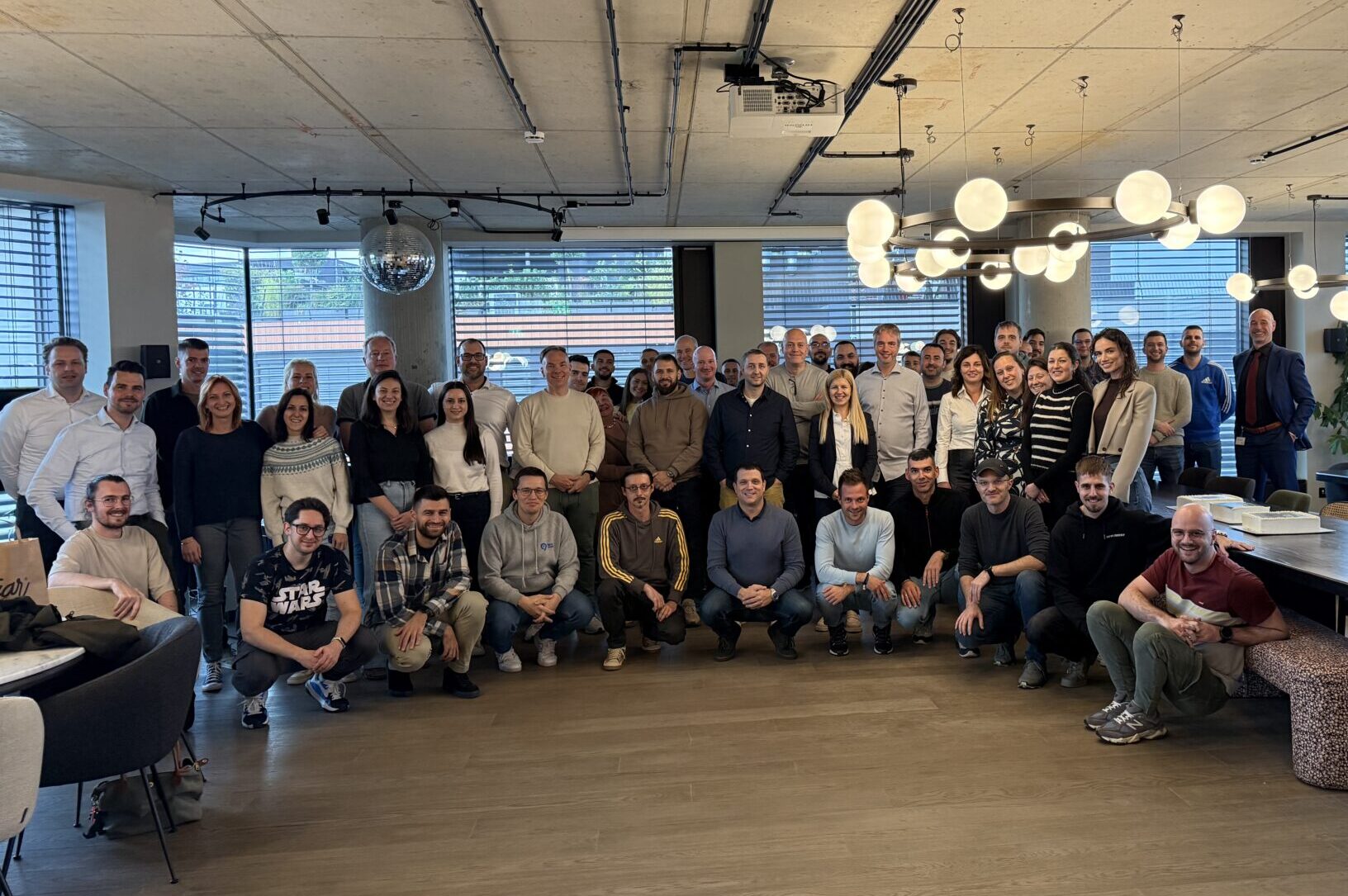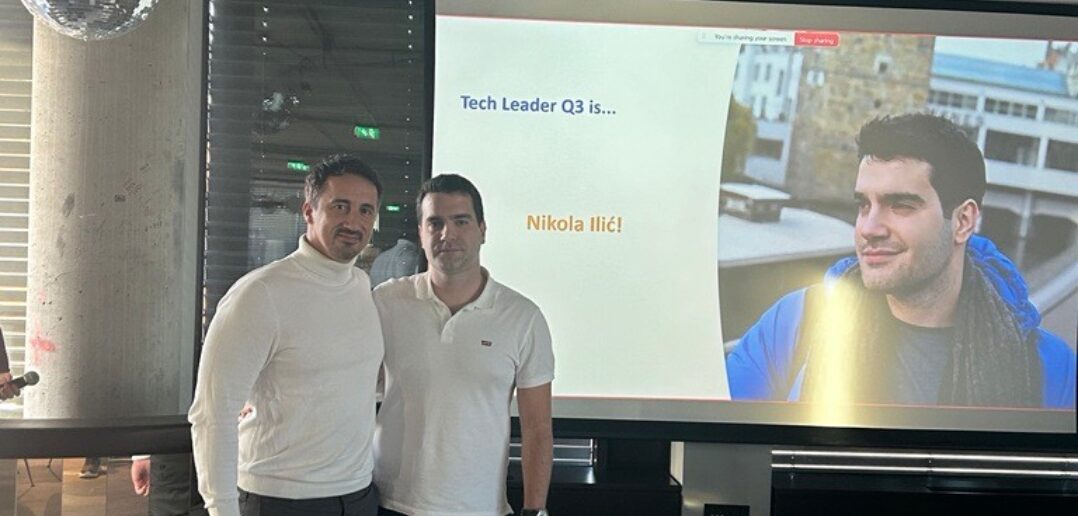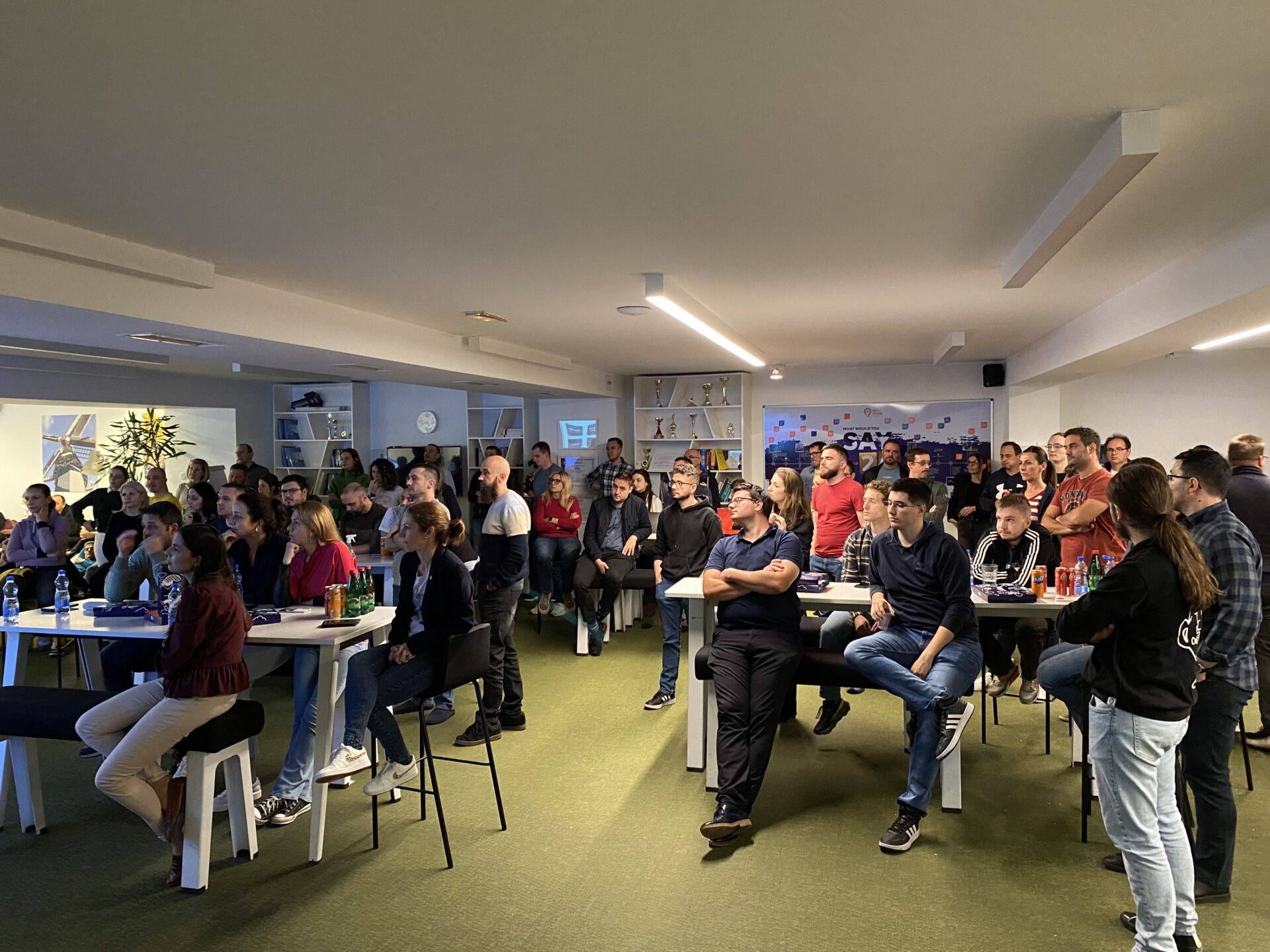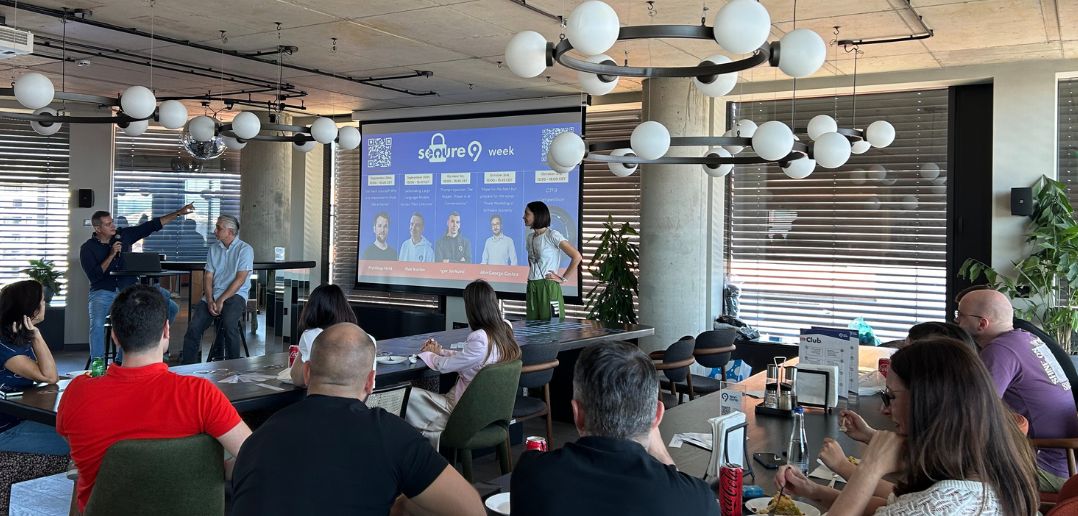How to best leverage the benefits of serverless architecture? What exactly are AWS Step Functions and how can they help us in our daily work? These questions brought together cloud experts and enthusiasts in Novi Sad, where we hosted another Levi9 meetup on the Zeppelin boat.
Danka Šuka, Test Lead, shared her experience on Serverless Testing with AWS Step Functions. She answered these and many other questions, guiding us into the world of serverless applications and the opportunities they provide. Below, we’ll provide an overview of the main points covered during her presentation, as well as key takeaways.
Introduction to AWS Step Functions: Imagine automating complex processes with simple visual workflows. Well, AWS Step Functions allow you to do just that. Danka began her talk by explaining how Step Functions work as a visual workflow service, enabling the orchestration of various AWS services. Whether building distributed applications, automating processes, or managing microservices, Step Functions offer the flexibility and power we’ve been waiting for.
Standard and Express Step Functions: Which type of Step Function is the right choice for your application? Standard Step Functions are ideal for long-running processes and are billed based on the number of states and transitions within a state machine. On the other hand, Express Step Functions enable faster execution and are billed based on the number of transactions. When is it best to use one over the other? The answer to this question can be crucial for efficiently managing resources and optimizing costs.
Serverless testing – practical use
How does this work in practice? Danka shared concrete examples from her experience, showing how the use of AWS Step Functions improved serverless application testing. Have you ever wondered how to automate complex test scenarios? Through examples and demonstrations, Danka explained how this is possible, using Step Functions to create robust testing environments.
Benefits of Serverless Testing: The discussion also covered the advantages of the serverless approach compared to traditional testing methods. Danka explained how serverless architecture reduces operational costs, enables scaling as needed, and accelerates the development cycle. Is it possible to reduce costs and increase efficiency at the same time? The answer is: absolutely yes!
Integration with Other AWS Services: How do AWS Step Functions communicate with other AWS services? During the presentation, Danka showed how Step Functions can easily integrate with Lambda functions, DynamoDB, S3, and many other services, making the entire process seamless.
Debugging and Monitoring: How to monitor and debug Step Functions? We focused on best practices for monitoring and debugging, using AWS CloudWatch and X-Ray. Have you ever had trouble tracking data flow and identifying errors? Now you know how to solve this efficiently and quickly.
Security and Permissions: To ensure security in a serverless environment, we also emphasized the importance of using IAM (Identity and Access Management) policies for access control, ensuring that only authorized functions can perform certain actions.
What Does the Future Hold for Serverless Technology? Danka concluded the meetup by reflecting on trends and predictions, highlighting the importance of continuous learning and adapting to new technologies. During the interactive session, participants had the opportunity to ask questions and discuss challenges and solutions related to using AWS Step Functions. Knowledge sharing with the community is extremely important to us, as we believe that by sharing experiences and ideas, we can all progress together and maintain the flow of innovation.
We look forward to future opportunities for networking, learning, and co-creating the future.
Reason #247: We’re working with the future.







